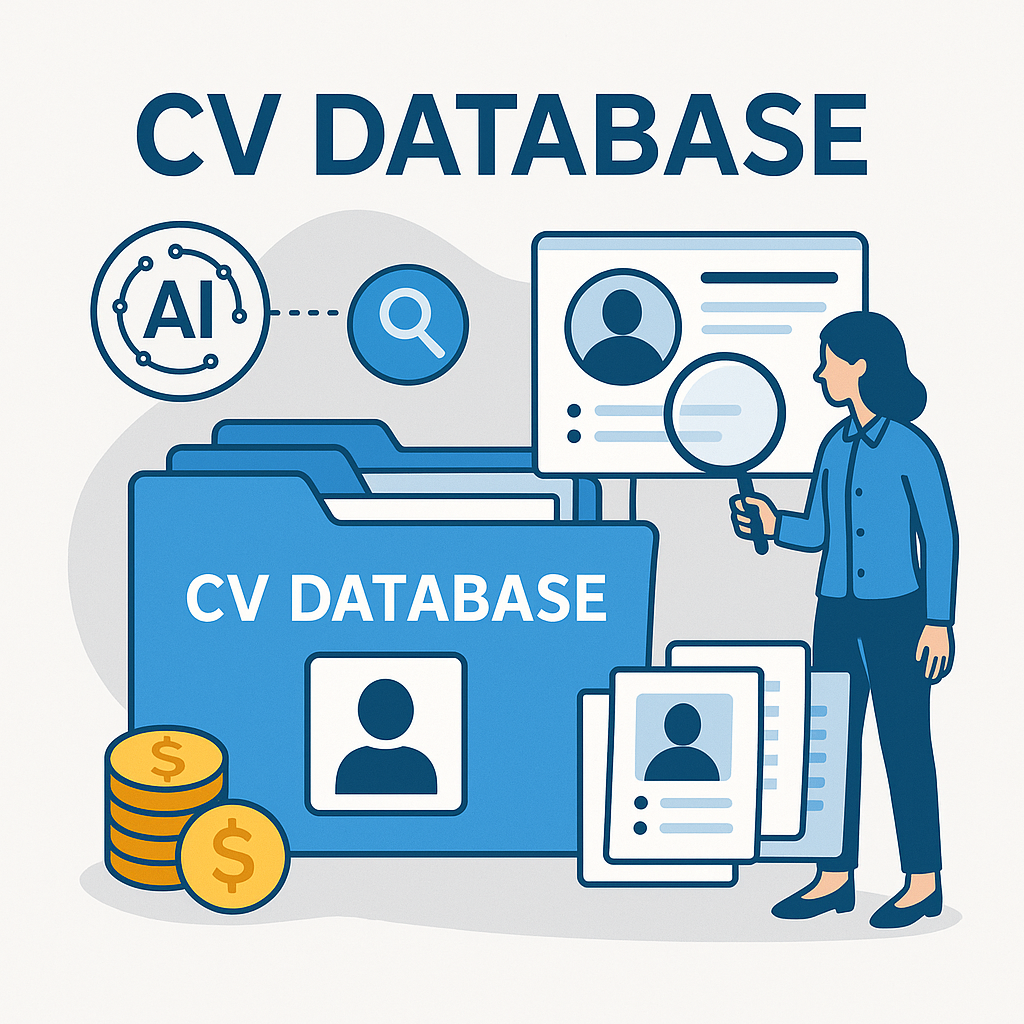CV Databases: The Untapped Goldmine of Modern Recruiting
Thousands of resumes collected from past job campaigns, sourcing events, and inbound applications sit untouched. When used correctly, a well-maintained CV database is not just a storage center—it's a strategic asset for proactive hiring.
📘 What is a CV Database?
A CV (Curriculum Vitae) Database is a digital repository that stores and organizes job seeker resumes and candidate profiles for future reference and reuse.
It typically includes:
Candidate resumes/CVs
Contact information
Interview notes & tags
Screening scores
Historical application data
Modern databases are hosted within Applicant Tracking Systems (ATS) or talent CRMs, such as MokaHR.
🧠 Why CV Databases Matter More Than Ever
Speed up hiring
Tap into pre-screened, already-interested talent to fill roles faster.Save on sourcing costs
Reduce dependency on job boards or agencies by reactivating existing candidates.Build long-term relationships
Engage silver medalists or pipeline candidates over time with targeted campaigns.Enable internal mobility
Combine employee skill data with CV databases to suggest internal fits.Enhance diversity efforts
Mine your database for underrepresented talent using structured search and filters.
💡 Research shows that recruiters only utilize 12% of their existing candidate database. That’s 88% wasted potential.

🔍 Features of a Smart CV Database
Feature | Description |
|---|---|
Searchable Resume Index | Full-text and semantic search to locate candidates by skill, role, or experience. |
Tagging & Categorization | Label candidates by source, seniority, location, etc. |
AI Matching | Suggests candidates from the database when a new role is posted. |
Engagement Tools | Send campaigns, follow-up emails, and alerts to passive talent. |
GDPR Tools | Automated consent management, data retention, and deletion workflows. |
🔄 CV Database + AI: Predictive Talent Rediscovery
Modern AI-driven systems don’t just store CVs—they learn from them. With resume parsing, NLP, and matching algorithms, recruiters can rediscover candidates who:
Previously applied for similar roles
Match new job descriptions contextually
Have shown high engagement in the past
Fit your evolving hiring criteria
Tools like MokaHR help teams automatically surface “hidden gems” the moment a job goes live.
HR Glossary: Master the Language of Modern HR
🙋♀️ Frequently Asked Questions (FAQ)
Q1: How is a CV database different from an ATS?
An ATS may include a CV database, but not all ATSs make it easy to search, score, or engage past candidates. A true database offers long-term candidate management.
Q2: Can I reach out to candidates stored years ago?
Only if you’re GDPR-compliant. You need to have valid consent or re-confirm interest after a certain period (e.g., 12–24 months).
Q3: What if my database is disorganized?
Start by cleansing outdated data, categorizing talent pools, and implementing AI search and bulk engagement tools.
Q4: Is it worth building my own talent pool?
Absolutely. Your database reflects your brand, your culture, and your needs—and it can become a strategic moat for future hiring.
From recruiting candidates to onboarding new team members, MokaHR gives your company everything you need to be great at hiring.
Subscribe for more information


